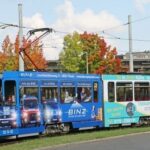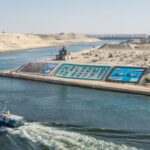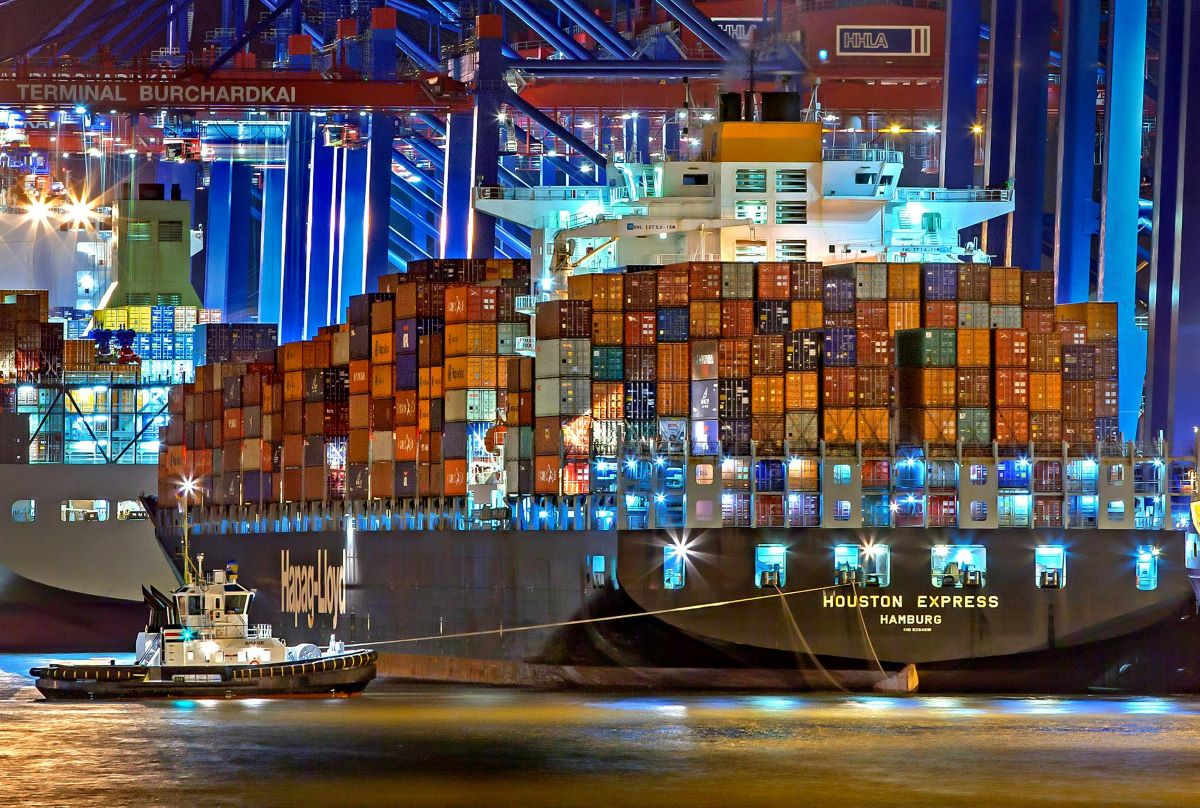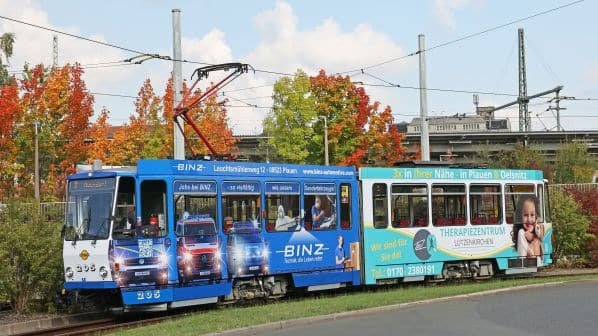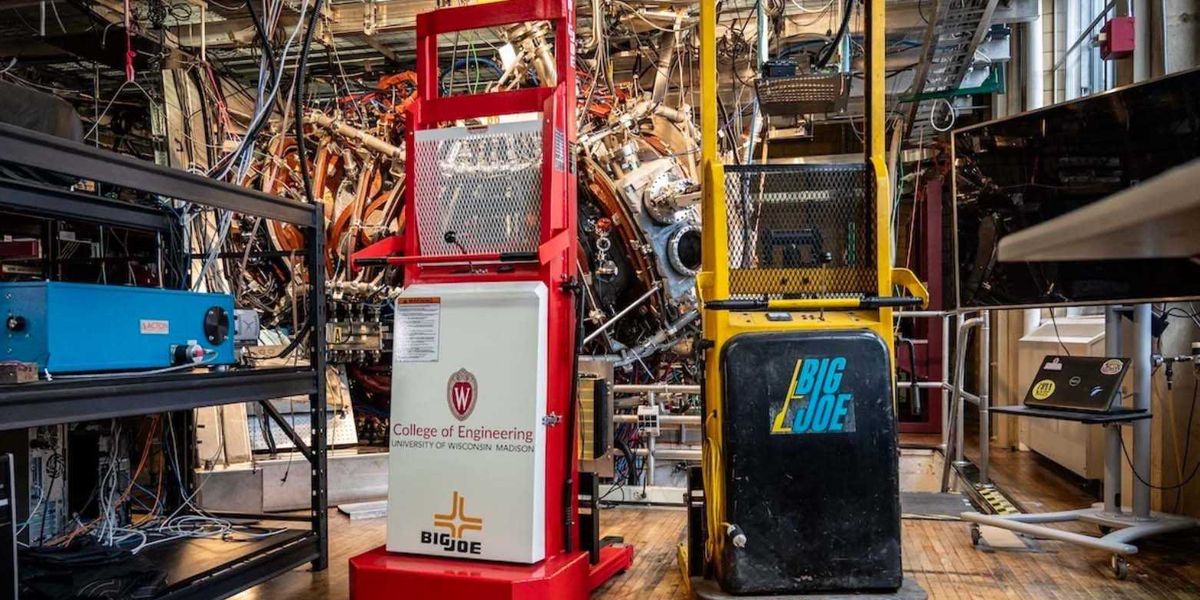The Road Freight Association (RFA) has reviewed the recently released white paper from the Port of Gauteng and notes that the developers have targeted a very ambitious project to address the huge shortfall in the existing logistics network, particularly with regard to rail and intermodal operations involving rail, as well as the fundamental necessity of engaging the private sector and allowing it to lead logistics integration.
Read also: The US railway industry faces an uncertain future amid economic and political challenges
The R50 billion project represents a pivotal opportunity to address the systemic inefficiencies crippling South Africa’s economic arteries, especially the Durban-Gauteng freight corridor.
RFA has long advocated an integrated, multimodal logistics network where road and rail act as cooperating partners, not competitors.
The vision outlined in the Port of Gauteng White Paper, “to create a leading trade gateway that rebalances our supply chain”, is deeply aligned with the core principles of achieving integrated shipping and infrastructure operations.
Over the past four decades, the RFA has called for the development of inland ports to alleviate severe congestion at ports, cargo handling operations immediately surrounding the ports, as well as inland warehouses such as City Deep. The White Paper correctly identifies the unsustainable pressures on the Port of Durban, a bottleneck that extends across the entire economy – with echoes in existing inland freight handling depots.
The RFA has spent decades interacting with SARS Customs to make international trade (the cross-border movement of freight that requires declarations to Customs) as simple and efficient as possible. This (in collaboration with other stakeholders) has led to the realization of today’s e-clearance processes and the move towards SmartBorders – making declaration and clearance of goods possible anywhere, anytime by registered importers and exporters. This no longer requires a “central facility” where importers and exporters need to present themselves and relevant documentation. Block Chain has also brought efficiencies – but organizing containers in strategic hubs (outside ports) such as Kato Ridge and the proposed hub in Gauteng will unlock further significant efficiencies.
The Association emphasizes the need to shift rail-friendly freight from road to rail (assuming that railways will actually be able to handle such freight efficiently) and the Association has replicated and pushed this approach. “Rail access by private operators” is fundamental to the efficient operation of railways – but it comes with its own operational challenges. The fact that the railways currently handle less than 14% of volume on the Durban/Gauteng corridor is a clear reminder of the work that needs to be done – in stark contrast to the National Development Plan (NDP) target of 50%, it highlights the seriousness of the situation.
However, it is important to stress that railways cannot succeed in a vacuum. The success of the Port of Gauteng will depend largely on the efficiency of the road transport interface where road freight operations provide vital ‘first and last mile’ services that connect the rail network to the wider economy and customers who do not have sidings or efficient access to rail depots.
The white paper envisions seamless transfers from train to truck – a critical aspect if we are to achieve any success (think of the SAR container service of the 1970s and 1980s where dedicated fleets brought resized containers to the customer’s door). To achieve this, significant investments must extend beyond port boundaries to surrounding road infrastructure and intermodal facilities. It is essential that a real gateway is developed and built, not just a simple relocation of the bottleneck from Durban to Gauteng.
The explicit incorporation of Performance-Based Buses (PBS) into the Gauteng Port design is interesting – we must take into account the fact that this is still a pilot project, as well as the impact this will have on all road freight operators operating standard legal clusters.
The association has been a leading advocate for the research and development of more efficient road freight vehicles for decades. Smart trucks are not necessarily vehicles that carry more payload – they are vehicles that add vehicle efficiencies to a fleet’s core operations. This is where the future of smart trucks lies.
Safer, more efficient vehicles (and drivers) that reduce road wear per ton of freight transported, reduce fuel consumption and result in lower operating costs are the non-negotiable components of modern, competitive road freight logistics operations – for both small and large road freight companies (operators).
As previously mentioned, RFA has consistently supported the Government’s efforts to revitalize railways, including the historic opening of the network to private operators. The White Paper’s frank assessment of the past operational and financial challenges Transnet has faced in the corridor underscores the importance of private sector engagement and investment.
The Port of Gauteng may provide the ‘missing link’ that could make the railways competitive again. By providing the world-class infrastructure and reliability that shipping companies demand, it creates a viable business case for the shift from road to rail. The realities of accessing new markets for shipping must also be taken into account – for example the requirements of e-commerce and the logistics supply chains this requires.
In the past five years, shipping has shifted from large shipments to consumer operations with very small shipments – sometimes a single item – and this in itself has changed the reality within warehouses and consumer logistics supply chains. The Port of Gauteng will need to be efficient and fast to handle this demand – regardless of the mode it uses to reach the port – and if it is to be containerized via rail into the port, there will be huge demands on delivery times, scheduling services and unloading containers at the port. Which in itself will place a large “demand” on rail services.
The Association supports integrated model operations – provided that there is transparent collaborative competition within the port for the various operators (rail, warehousing and road) – and is therefore based on a foundation of operational excellence and fair and competitive access for all parties.
Port of Gauteng is a project in line with RFA’s long-term vision for an efficient, efficient and integrated logistics supply chain in South Africa. The port’s success will be a success for our members and, ultimately, the nation’s success.
The association looks forward to cooperating with all relevant stakeholders in this project to improve the integration and operation of the logistics network. By working together, the proposed R50 billion investment will be better able to realize the promised potential of creating jobs, reducing logistics costs, and building a resilient economic future for South Africa.
